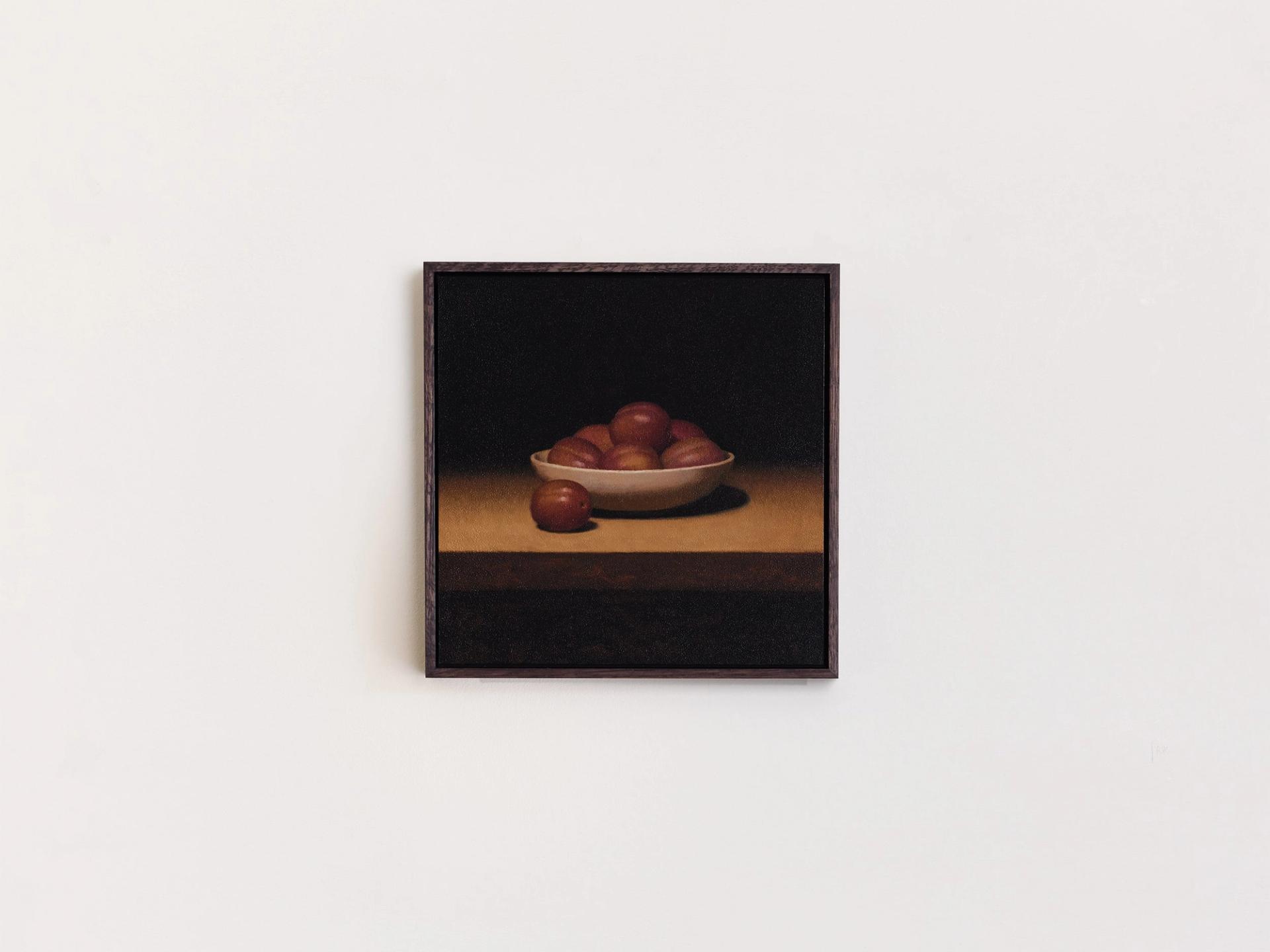Will Calver
In studying the interactions between light, form and colour, British artist Will Calver’s still lifes convey the quietude and subtle monumentality of everyday objects. His paintings are made from life, arranged in a shadow box in his studio, and express the intimacy that develops through spending time in the presence of the subject. “I like to paint subjects that are at once quotidian and yet subtly monumental,” he says.
Calver lives and works in the Kentish countryside, a few miles from where he was born. He discovered painting and ceramics from a young age while spending time with his grandparents in their home studio. He moved to Cornwall to study fine art at Falmouth University and went on to participate in workshops at the London Atelier of Representational Art, as well as study with classically trained painters from both England and abroad. He has exhibited at Porthmeor Studios and New Craftsman Gallery in St Ives, Morgans in Falmouth, 155a Gallery in East Dulwich, Wilson Stephens and Jones in London, and Collins Galleries in Cape Cod.
The techniques Calver studied in London were based on the 19th century French academic method, which he supplemented with a close examination of 17th century Dutch masters. “Through a combination of workshops and research and immersing myself in the rich tradition of painting, I have developed my own way of using classical language,” he says. “My process follows the Dutch method quite closely, starting with the drawing and monochrome underpainting, followed by a thin layer of ‘dead’ colour, and the final ‘opwerken’ layer, or ‘working up’. My interest in painters of the early 20th century tempers this very measured approach; I like to paint static objects with dynamic brushwork.”
The subjects of his paintings are often chosen for their affinity with the materiality and craft of painting, such as ceramics, which have glazes painted on their surface. “I like how ceramics suggest the negative space of the hands,” he says. “I am also drawn to objects that have something to do with the history of painting, such as the peeled lemon. However, I don’t have a fixed view of what my paintings symbolise. I feel most inspired when I work with a question in my mind rather than an answer.”
I am drawn to objects that have something to do with the history of painting, such as the peeled lemon. However, I don’t have a fixed view of what my paintings symbolise. I feel most inspired when I work with a question in my mind rather than an answer.

Featured works
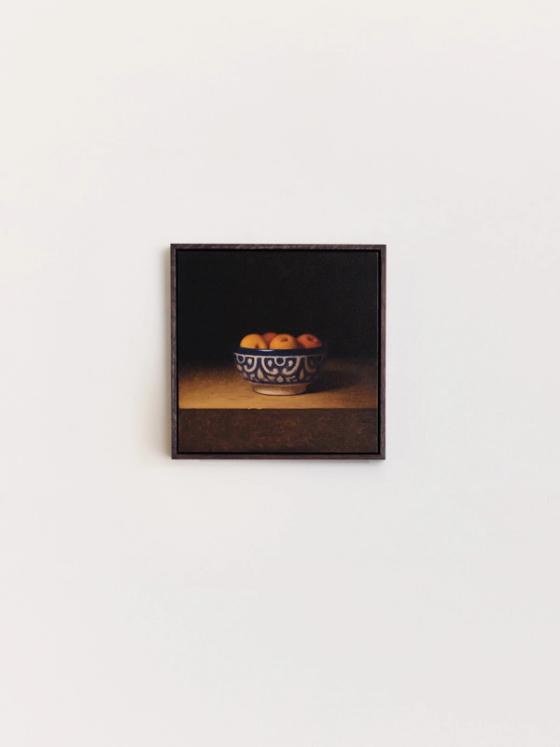
 Bath Gallery
Bath GalleryWill CalverApricots, 2023
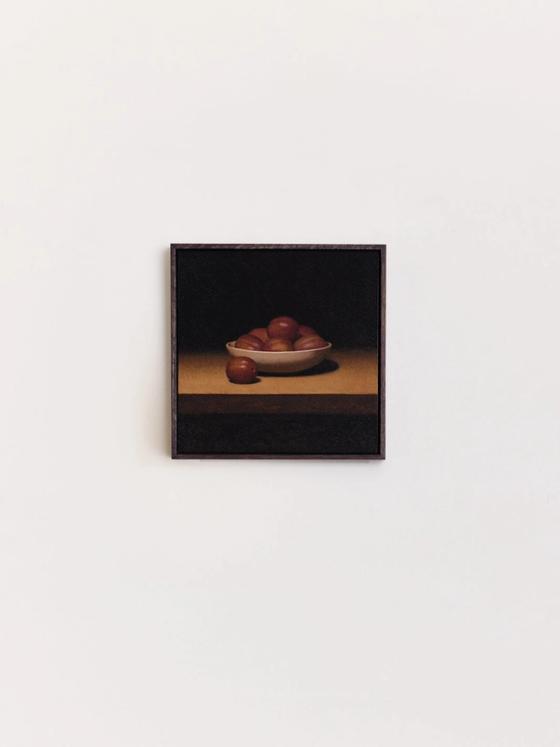
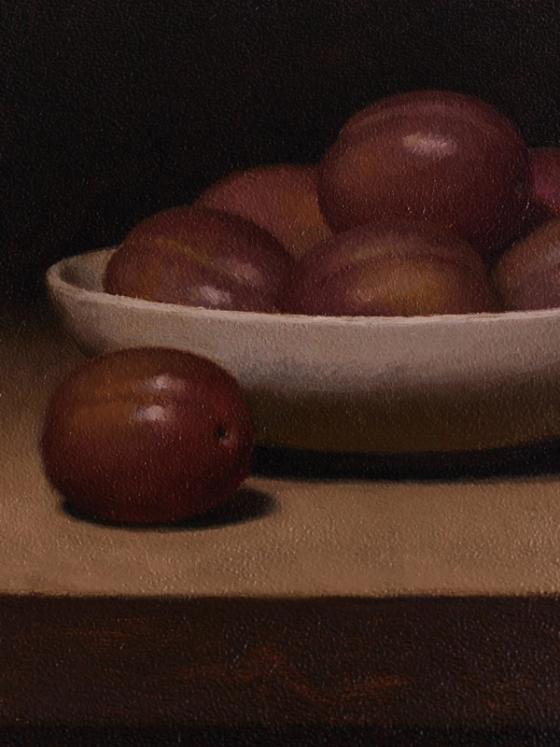 Bath Gallery
Bath GalleryWill CalverPlums in Stoneware Bowl, 2023
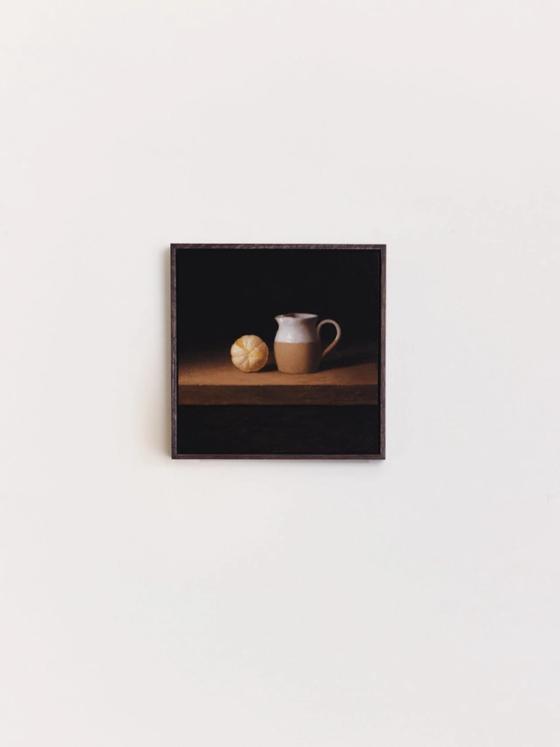
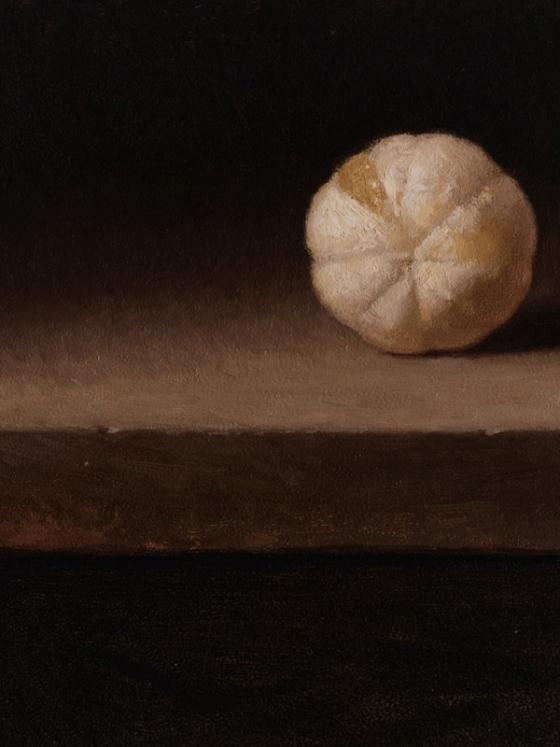 Bath Gallery
Bath GalleryWill CalverPeeled Lemon and Pitcher, 2023
